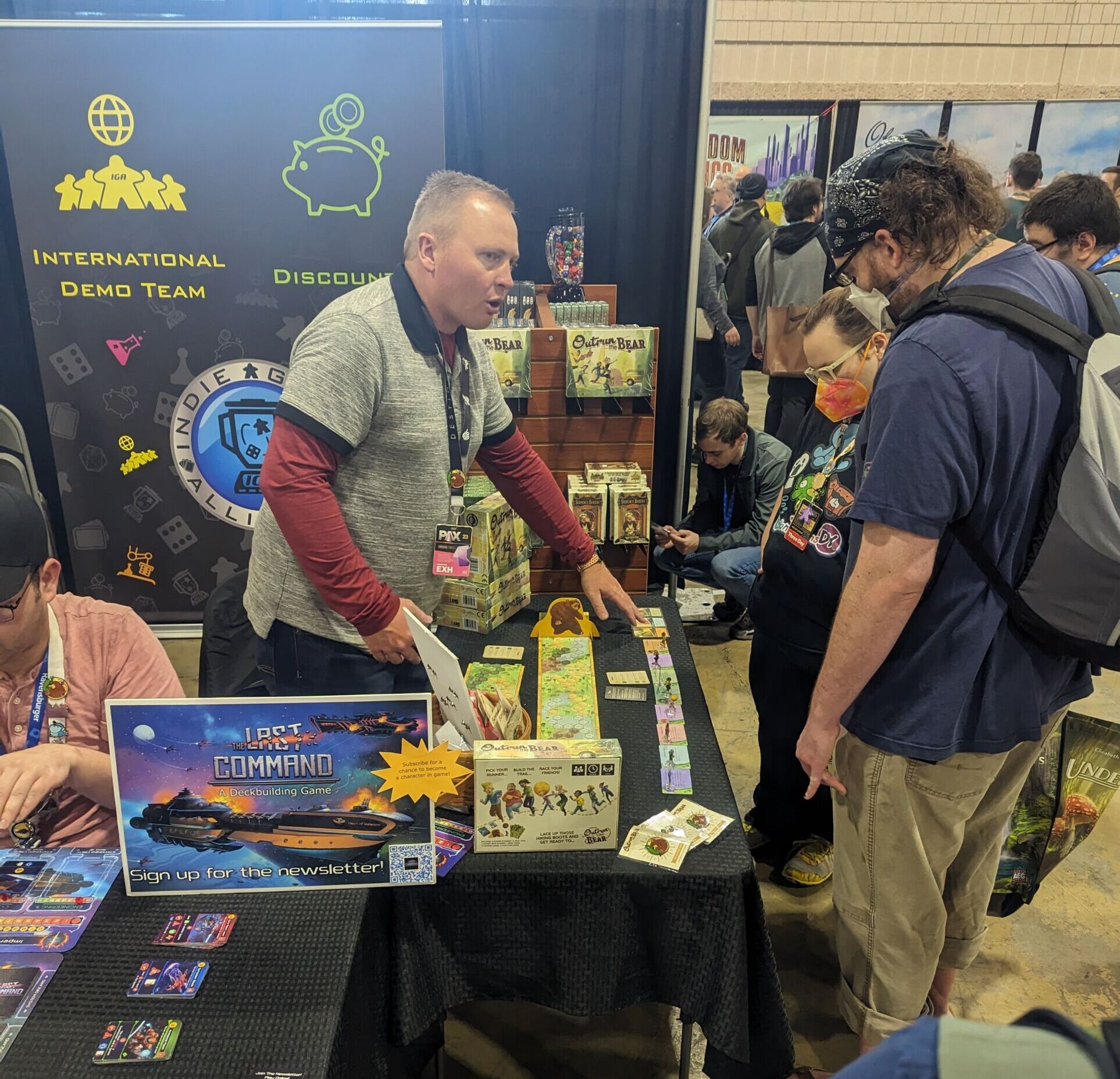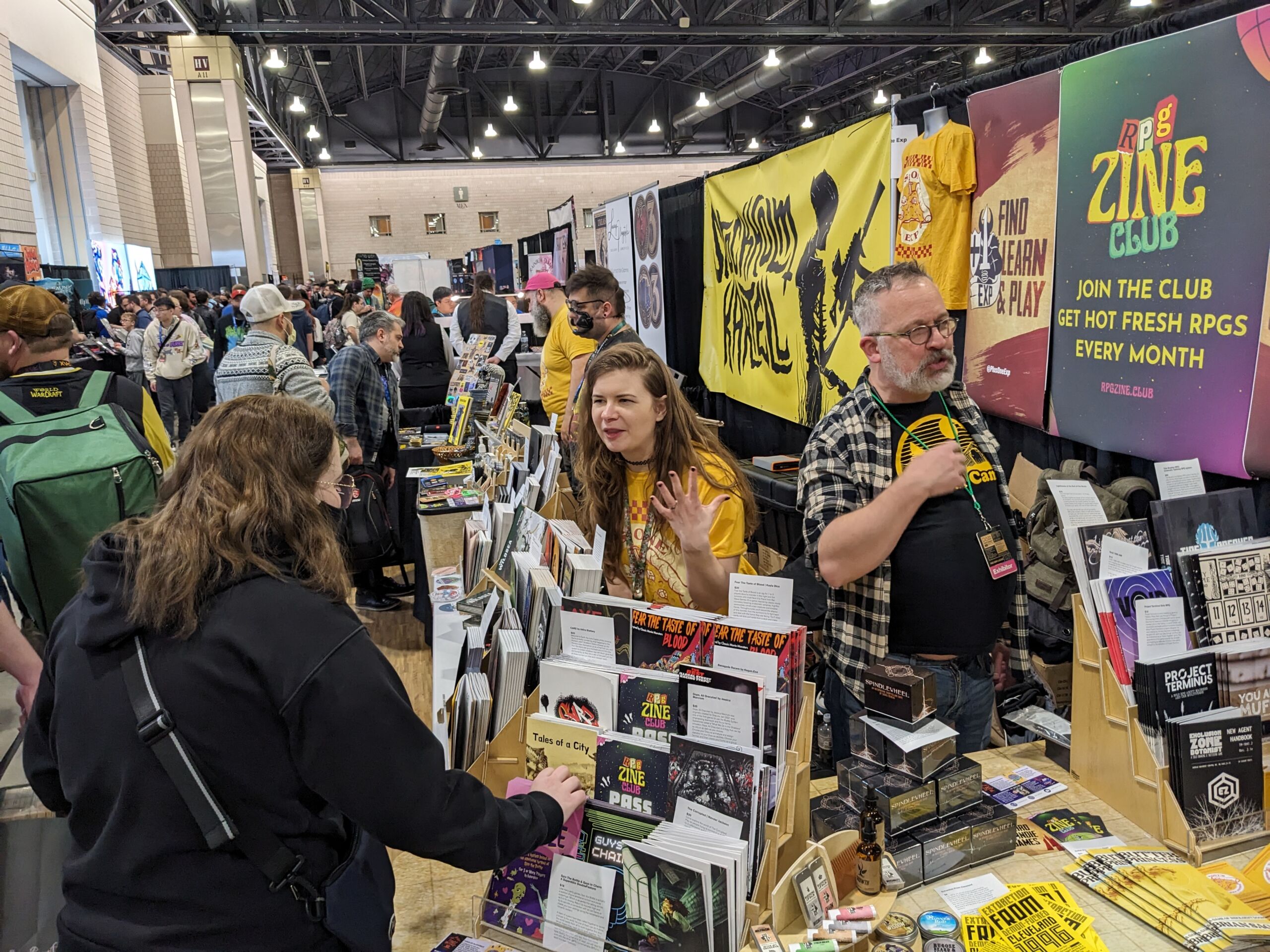Dungeons & Dragons turns 50 this year, and there’s a lot planned for it
Critical Success —
It started with “a new line of miniatures rules” and became a global phenomenon.
Enlarge / The three rulebooks fo “fantastic medieval wargames” that started it all, released at some point in late January 1974, as seen in Dungeons & Dragons Art & Arcana: A Visual History.
Wizards of the Coast/Ten Speed Press
“We have just fromed [sic] Tactical Studies Rules, and we wish to let the wargaming community know that a new line of miniature rules is available.”
With this letter, written by Gary Gygax to wargaming zine publisher Jim Lurvey, one of the founders of what would become TSR announced that a January 1974 release for Dungeons & Dragons was forthcoming. This, plus other evidence compiled by Jon Peterson (as pointed out by the Grognardia blog), points to the last Sunday of January 1974 as the best date for the “anniversary” of D&D. The first sale was in “late January 1974,” Gygax later wrote, and on the last Sunday of January 1974, Gygax invited potential customers to drop by his house in the afternoon to try it out.
You could argue whether a final draft, printing, announcement, sale, or first session counts as the true “birth” of D&D, but we have to go with something, and Peterson’s reasoning seems fairly sound. Gygax’s memory, and a documented session at his own house, are a good point to pin down for when we celebrate this thing that has shaped a seemingly infinite number of other things.
-
The evolution of The Beholder, through 3rd edition, in Dungeons & Dragons, from Art & Arcana: A Visual History.
Wizards of the Coast/Ten Speed Press
-
The fourth and fifth edition versions of the Beholder, as seen in Art & Arcana: A Visual History.
As with playing a good campaign, you’ve got a lot of options for how you acknowledge D&D‘s long presence and deep influence. The game system itself, now under Wizards of the Coast, will this year push “One D&D,” a name the D&D leaders sometimes stick with and sometimes don’t. Whatever the next wave is called, it includes new handbooks, guides, and Monster Manual books that are not exactly a new “edition,” but also an evolution. Books like Xanathar’s Guide to Everything and Tasha’s Cauldron of Everything will be codified and unified by a new sourcebook at some point, but all of it will be compatible with 5th Edition material.
Also, at some point this year, stamps celebrating D&D‘s 50th will be available from the US Postal Service, at least if you rush. Ten different designs, leaning heavily on the dragons, were commissioned based on existing illustrations. There’s a documentary from Joe Manganiello (still in pre-production, seemingly). And there’s a 500-plus-page non-fiction book, The Making of Original Dungeons & Dragons: 1970-1976, with research help from the aforementioned Peterson, containing never-before-seen correspondence between co-creators Gygax and Dave Arneson.
I grew up in the 1980s and 1990s, never actually playing Dungeons & Dragons, but its influence shaped vast amounts of my playtime and curiosity. I loved playing Hero Quest, without knowing that it was essentially an on-rails D&D setup. My cousin and I spent large parts of one summer attempting to play Marvel Super Heroes without understanding its D&D roots (or that it would always be a bit awkward with just two people).
And, of course, every video game, comic, novel, and other media I consumed that made a point of explaining how different classes worked, or the theory behind spells, owed something to D&D—by way of J.R.R. Tolkien and centuries of folklore tradition, of course. Tales keep inspiring other tales, and it’s largely to our benefit.
Take a moment on this occasion to look back through some notable D&D coverage at Ars:
- A preview of D&D “Next” in 2012, when the system started streamlining on its way toward 5th Edition
- A full review of 5th Edition in 2016, after a year that saw staggering sales based on warm reception
- D&D‘s entry into the Toy Hall of Fame at the Strong National Museum of Play, alongside such icons as the Frisbee, the Barbie doll, and the Atari 2600
- Annalee Newitz’s review of Rise of the Dungeon Master, a graphic novel about Gygax’s powerful creativity but also notable flaws
- Last year’s controversy over Wizards of the Coast’s attempt to rework its Open Gaming License, the exodus it fomented, and its eventual rollback.
Dungeons & Dragons turns 50 this year, and there’s a lot planned for it Read More »
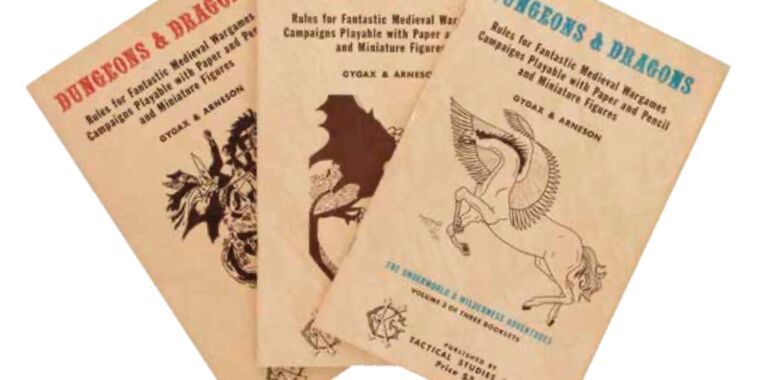
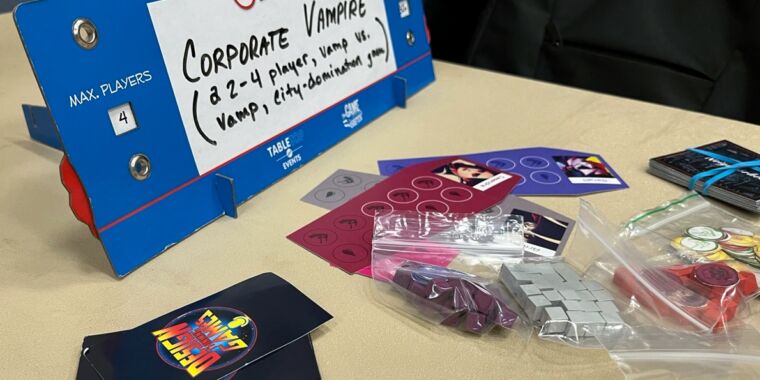
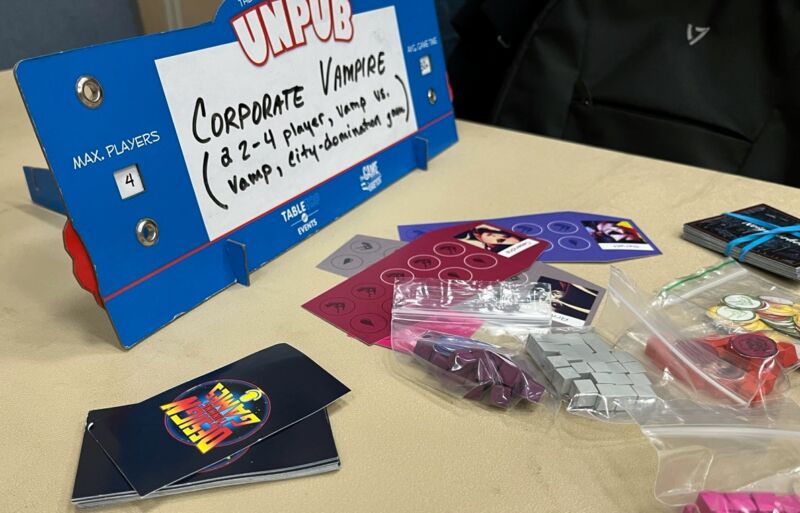
![Hand-cut tokens and make-do squares for an early version of <em>Thirst</em>.” height=”960″ src=”https://cdn.arstechnica.net/wp-content/uploads/2023/12/IMG_3964-Large.jpeg” width=”1280″></img><figcaption>
<p>Hand-cut tokens and make-do squares for an early version of <em>Thirst</em>.</p>
<p>Kevin Purdy</p>
</figcaption></figure>
<p>The way <i>CorpVamp</i>/<i>Thirst</i> should go is that each night, a vampire wakes up, loses a little blood, then sets out to get much more back by exploring a Victorian city. In populated neighborhoods, a vampire can feast on people—but doing so generates a board-altering Consequence, such as roving security guards or citizens discovering bodies. Vampires accumulate victims and hypnotize them for Influence, depending on who the victims are (“Judge” versus “Roustabout,” for example), turn them into “Baby Vampires,” or simply keep them as blood stock. You win by accruing victory points for various misdeeds and achievements.</p>
<p>One player, who told the designers that a different game’s play-test saw him “break the game in 10 minutes,” seemed bothered by how Consequences can be triggered by a single player’s actions but affect all players. Another has a hard time keeping track of the tokens for influence, movement, and blood, and when to move them on and off the board. That’s called “mess testing,” Schofield tells me, and he’s working on it. Some things will be easier to learn and use when the pieces have better designs and materials. But the <i>CorpVamp</i> team can’t jump to that stage until the mechanics are locked down.</p>
<p>As that group finishes a test, another group sits down immediately, having stood nearby to ensure their chance. Schofield and Broadwater won’t lack for players in their three-hour slot. That tells the team there’s “evidence of a market,” that their game has “stopping power” and “shelf value,” despite its obscurity, Schofield says. But there’s lots of work still to be done in alpha. “The costs of powers are too high, the powers aren’t <i>badass enough</i> [emphasis his], and the tactile movement of placing cubes and flipping tokens isn’t quite right,” he later tells me.</p>
<p>After more iterations and some “blind” play tests (players learning, playing, and finishing the game without creator guidance), the game will be in beta, and the team will get closer to pinning down the look and feel of the game with illustrators and designers. Since their schedules only afford them roughly three hours of dedicated collaboration time every week, they lean on what they’ve learned from their product-oriented day jobs. “Frequent iterations and small feedback loops will iron things out,” Schofield says. “Process wins.”</p>
<p>Then they can “enjoy the problems of production and distribution logistics.” After that, “We’ll sell copies of <i>Thirst</i> at the next PAX Unplugged.”</p>
<figure><img decoding=](https://cdn.arstechnica.net/wp-content/uploads/2023/12/who_knew-scaled.jpg)
